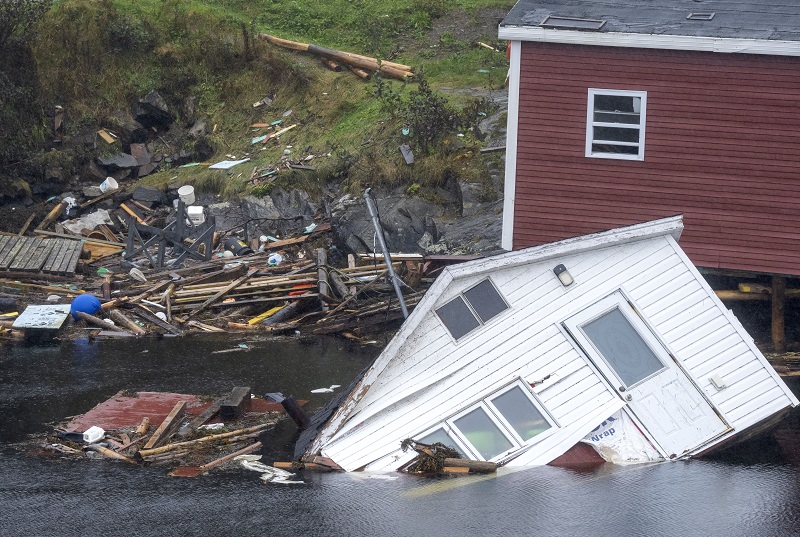
How insurance coverage will change as Canadian hurricane risk expands
December 9, 2022 by Alyssa DiSabatino

Print this page Share
Parametric insurance is a relatively new product in Canada, and thus is not a big buy for commercial clients, but as climate change is expected to cause more hurricane events in Canada, expect this solution to get more popular north of the border, panellists in a Canadian Underwriter webinar said.
“[Parametric insurance in Canada] is not a big market at all. It’s not a product I’ve seen recommended very often, or even advertised very heavily,” said Cheryl Policelli, central region property broking leader at Aon Canada during Hurricane risk: what the future holds for Canada. “But as these events become more frequent — hurricanes or earthquakes — that’s where I think we will start to see an uptick, hopefully, in the purchase of them.
“The challenges I think that brokers are going to run into is that the overall threat of Canadian hurricanes isn’t recognized by all markets, brokers and clients,” Policelli adds.
Parametric insurance is a type of index-based insurance policy, where a payout is triggered automatically by a predetermined set of parameters that underwriters tailor to an insured’s risks. For example, 100km/h windspeeds could trigger an insurance payout.
The claim payout can be used for any purpose by the insured (such as business interruption, even if there is no damage to their property), and can be facilitated relatively quickly since a field adjuster does not have to investigate the claim. Clients purchasing parametric insurance, for example, could receive compensation in two weeks, as opposed to 90 days.
Hurricane Fiona hit Atlantic Canada in late September, causing $660 million worth of insured damage. Many more losses, including those due to storm surge, were not covered under traditional insurance policies.
More severe and frequent storms also mean more hurricane landfalls in Canada, Carl Bernier, NatCat specialist at Swiss Re, observed.
“These warmer sea surface temperatures mean quite a few things for hurricane risk in Canada,” Bernier said. “The first one is higher hurricane activity, as we’ve seen in the past few seasons, especially in 2020 [the most active Atlantic hurricane season on record]. The second one is the potential for stronger storms, because storms get part of their energy from the ocean, so the warmer it is, the more energy you can get. That also means storms that can travel further north, and that can maintain their intensity.”
Until Hurricane Andrew in 1992, the Atlantic coastline of North America saw an average of one landfalling hurricane per season, according to Swiss Re figures. Now, the average is up to 1.43 — a difference of about one extra landfalling hurricane every two years. Plus, before Hurricane Andrew struck 30 years ago, a USD $20-billion loss event had never occurred before (taking unadjusted figures into account). But since 2017, there there have been at least five such hurricanes, according to AIR Worldwide and Swiss Re figures.
Increasing storms also means an increase in exposure, said James Gasco, head property and specialty Canada at Swiss Re Corporate Solutions. “In the Maritimes, we’ve seen the population has been growing at its fastest pace since the mid 70s. In the last five years, Nova Scotia’s population growth has been 5%, they’ve now exceeded a million in 2022. PEI saw an 8% increase over the last five years.
“There’s also an escalation of property values more generally,” he added. “The confluence of all of these issues, plus the hazard itself, is leading to a growing concern about what these losses are going to be as the storms’ frequency increases.”
Buildings sit in the water along the shore following hurricane Fiona in Rose Blanche-Harbour Le Cou, Newfoundland on Tuesday September 27, 2022. Fiona left a trail of destruction across much of Atlantic Canada, stretching from Nova Scotia’s eastern mainland to Cape Breton, Prince Edward Island and southwestern Newfoundland. THE CANADIAN PRESS/Frank Gunn